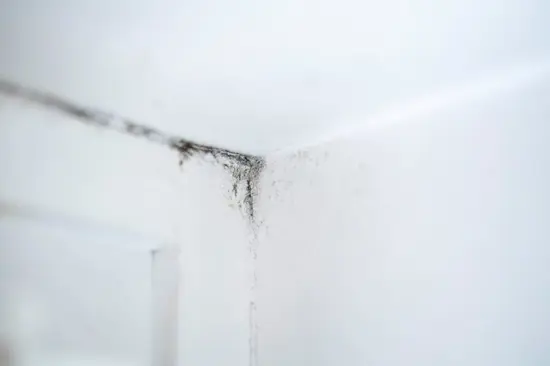QuickCheck: Is black mould highly toxic?
AMONG the common nuisances found in homes, black mould often raises eyebrows due to its ominous appearance and associated health warnings.
Known scientifically as Stachybotrys chartarum, black mould has sparked debate and concern among homeowners.
But is it true that black mould poses a significant health risk for the average healthy person?
Verdict:
FALSE (in most cases)
Despite its reputation, black mould is not inherently more dangerous than other types of mould found indoors.
While it has been linked to potential health risks for individuals with pre-existing conditions, there is no conclusive scientific evidence to suggest that black mould is uniquely harmful or toxic for healthy individuals.
For the majority of people, slight exposure to mould spores is generally harmless.
However, the dose makes the poison; exposure to high quantities of spores can increase the likelihood of adverse effects.
Although no direct link has been found to indicate that mould spores cause asthma, studies have shown that they can trigger asthma attacks.
Moreover, for some people, mould spores may provoke allergic reactions such as coughing, sneezing, and skin or eye irritation.
According to Clevelandclinic.org, this is caused by the spores as well as the microbial volatile organic compounds (mVOCs) produced by mould, which create an unpleasant “mouldy” or musty smell.
Furthermore, if you have a weakened or compromised immune system—due to conditions like immunodeficiency disorders or medications that suppress your immune system—black mould exposure can also cause a fungal infection (mycosis) in your airways or other parts of your body.
So, while it is true that black mould does not pose a significant health risk for most healthy people, it still might not be wise to let it take over your bathroom.
The US Centers for Disease Control and Prevention (CDC) advises that all moulds, regardless of type, should be handled with caution.
The key to preventing mould-related health issues is effective moisture control and prompt remediation of any mould growth indoors.
According to the CDC, if you see or smell mould, you should remove it.
They advise using household products, such as soap and water, to remove it off of hard surfaces. Alternatively you can use a bleach solution of no more than one cup of household laundry bleach in one gallon (3.78l) of water.
By tackling the root causes of mould proliferation, homeowners can mitigate potential risks associated with mould exposure.














Leave a Reply